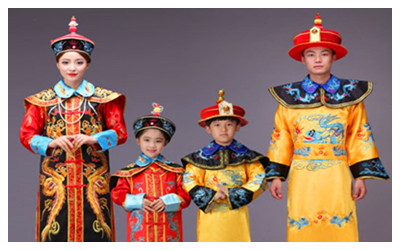Skype: neodalle-travel
Tel: +86 135 7447 2266
E-mail: sales@visitaroundchina.com

 The dragon and the phoenix are the principal motifs for decorative designs on buildings, clothing and articles of daily use in the imperial palace. The throne hall is supported by columns entwined by gilded dragons, the central ramps on marble steps were paved with huge slabs carved in relief with the dragon and phoenix, and the screen walls display dragons in brilliant colors.
The dragon and the phoenix are the principal motifs for decorative designs on buildings, clothing and articles of daily use in the imperial palace. The throne hall is supported by columns entwined by gilded dragons, the central ramps on marble steps were paved with huge slabs carved in relief with the dragon and phoenix, and the screen walls display dragons in brilliant colors.Belief in the dragon, and drawings of the imaginary animal can be traced back to primitive society when certain prehistoric tribes in China adopted the dragon among other totems as their symbol and guardian god. Some of the recently unearthed bronze vessels of the Yin Dynasty are decorated with sketches of dragons of a crude form. Earliest legends in China described the dragon as a miraculous animal with fish scales and long beards. As time went on, it became more and more embellished in the minds of the people, acquiring the antlers of the deer, the mane of the horse and the claws of the eagle. In short, it obtained the distinctive features of other creatures until it became what we see today in the imperial palaces.
Likewise, the Chinese phoenix also exists only in legends and fairy tales. Sovereign to all birds, it has the head of the golden pheasant, the beak of the parrot, the body of the mandarin duck, the wings of the roe, the feathers of the peacock and the legs of the crane. Gloriously beautiful, it reigns over the feathered world. An early design of the phoenix can be seen on the silk painting discovered in a tomb of the Warring States Period (475-221 B. C. ) near Changsha in Hunan Province.
The dragon and the phoenix serve in classical art and literature as metaphors for people of high virtue and rare talent. Together, the two symbolize happiness and love in marriages. As an important part of folk art, dragon lanterns, dragon boats, dragon and phoenix dances are still highly popular during Chinese festivals.
 Ask Questions ?
Ask Questions ?